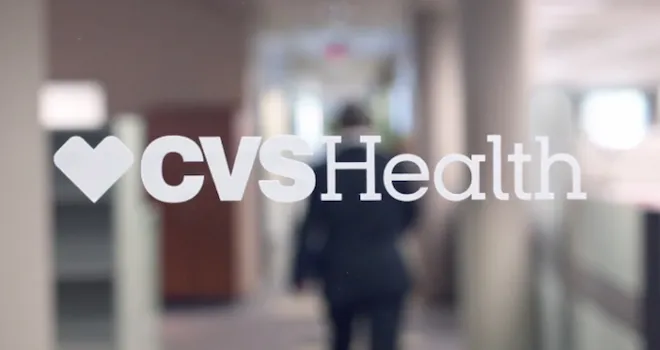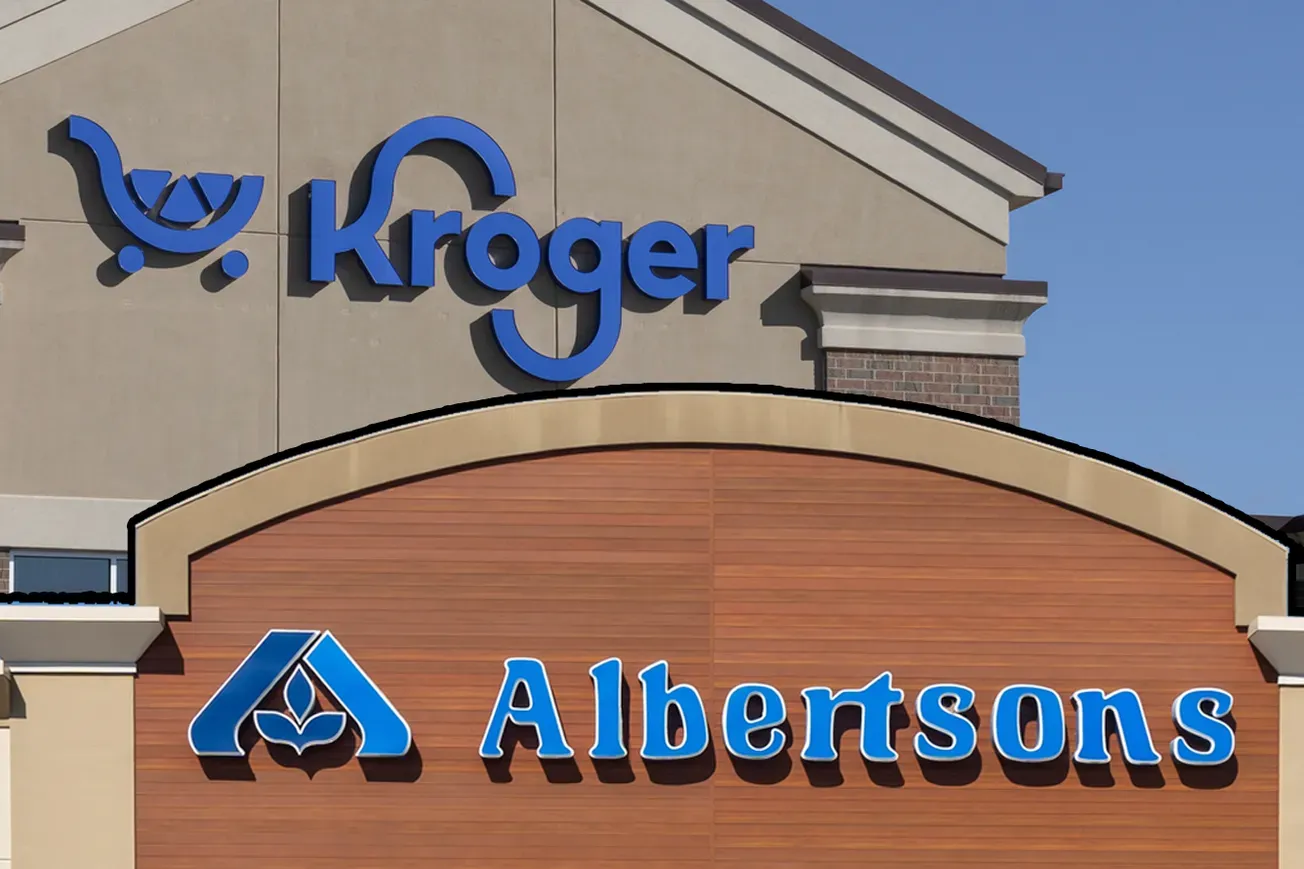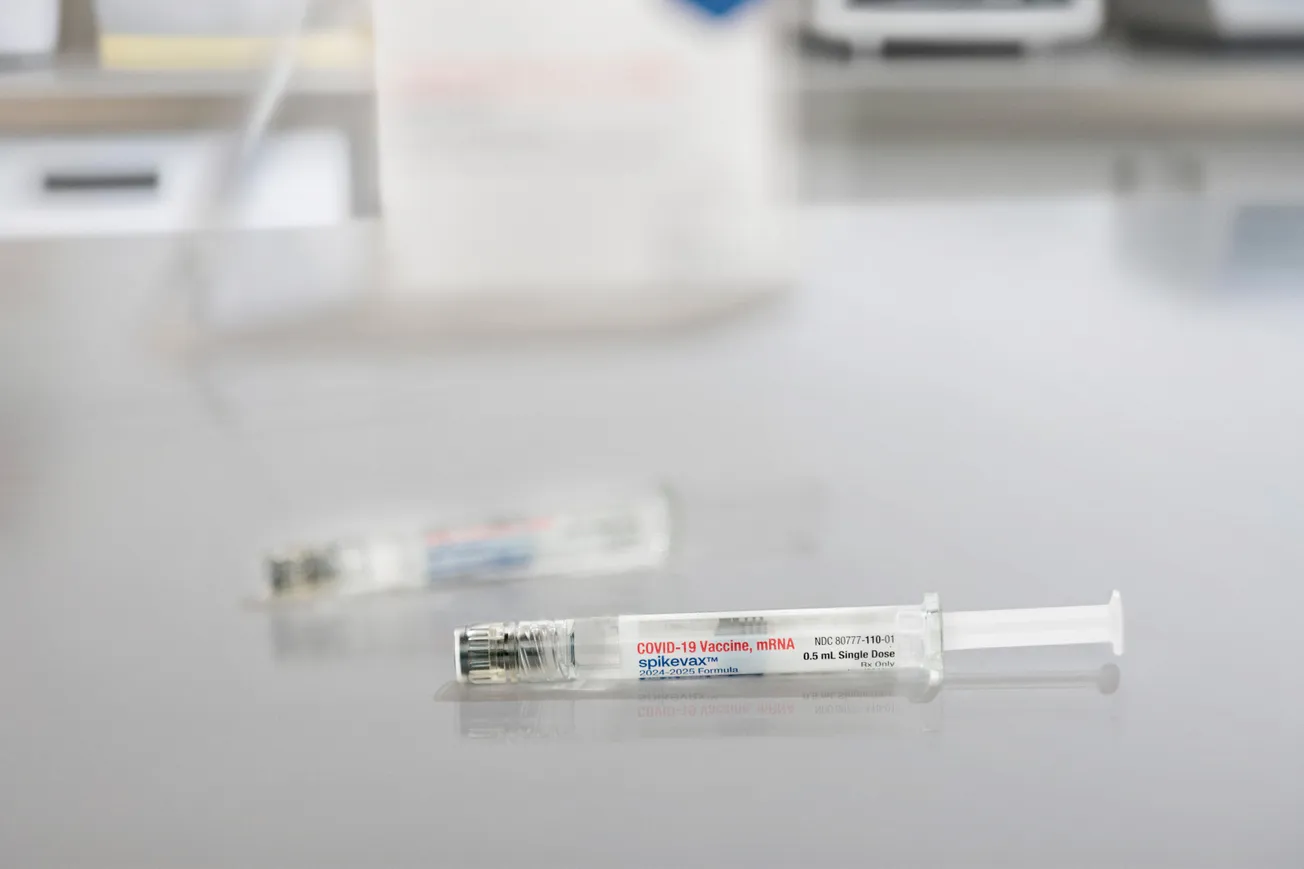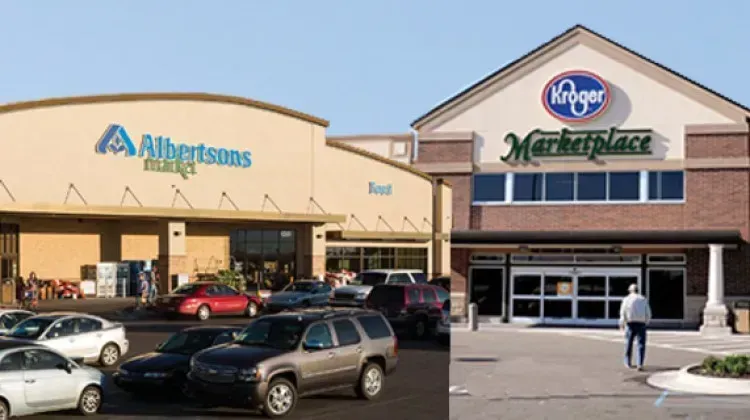WOONSOCKET, R.I. — Pharmacy gains propelled CVS Health’s second quarter results ahead of Wall Street’s expectations.
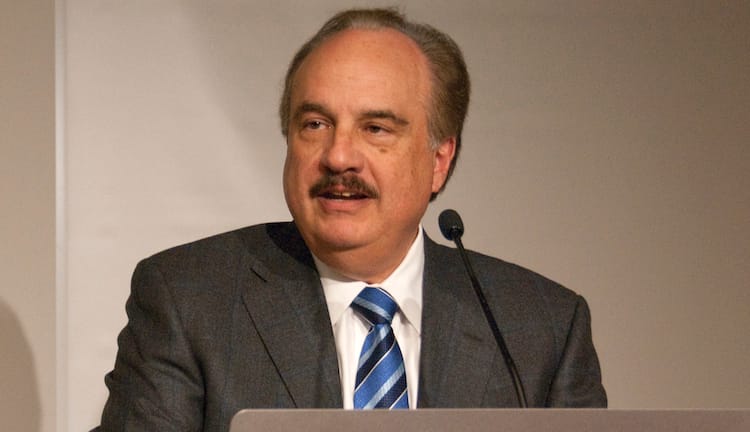
Larry Merlo
Retail sales for the three months ended June 30 climbed 5.7% to $20.7 billion, despite less front-end traffic. Overall same-store sales rose 5.9%. Pharmacy sales jumped 8.3% from a year ago, while same-store front-end sales dipped 1%.
CVS’ revenue advanced 2.2% to $46.7 billion, surpassing the estimate of analysts polled by Thomson Reuters of $46.35 billion.
The company posted a net loss of $2.6 billion, the consequence of a $1.6 billion operating loss for the period, including a long-term care goodwill impairment charge of $3.9 billion as well as $39 million in transaction and integration costs related to the proposed acquisition of Aetna Inc. Last year CVS had net income of $1.1 billion in the quarter.
Adjusted income before taxes was $2.3 billion, compared to $2.2 billion for the year-ago period.
Adjusted operating profit advanced $105 million, or 4.6%, to $2.4 billion. The profit gain was driven by improvement in pharmacy gross profit dollars in the retail/LTC Segment. The rise in pharmacy gross profit dollars was driven by the increased prescription volume, improved purchasing economics and the impact of generic introductions, partially offset by continued reimbursement pressure.
“Our solid performance both in the quarter and year-to-date demonstrates our ability to drive value,” said president and chief executive officer Larry Merlo. “It also builds upon a strong foundation for a seamless integration of CVS and Aetna with one goal: to transform the consumer health care experience and, by doing so, deliver long-term profitable growth for shareholders.”
“The strong revenue, adjusted EPS, gross and operating margins, along with cash flow generated in the quarter were the direct result of our team’s ability to increase prescription growth by expanding relationships with PBMs and health plans as well as our ongoing streamlining efforts and innovation,” he added. “The genuine enthusiasm and the depth of talent throughout the CVS and Aetna organizations will be key assets as we focus on realizing the potential of our combination.”
The Aetna deal is expected to close during the third quarter or the early part of the fourth quarter, CVS said.
To assure a smooth and successful integration, CVS and Aetna are working together closely under an integration management office led by senior executives of both companies. A steering committee comprised of the executive leadership from CVS and Aetna has also been established to oversee the work of the office and provide guidance and strategic direction to integration leaders, while also participating in the decision-making processes.
Revenue in the second quarter in CVS’ pharmacy services segment increased 2.8% to $33.2 billion, driven by growth in pharmacy network and mail choice claim volume as well as brand inflation, partially offset by continued price compression and increased generic dispensing. Pharmacy network claims processed increased 5.9%, on a 30-day equivalent basis, to 398.2 million, compared to 376 million a year ago. The increase in pharmacy network claim volume was primarily due to an increase in net new business.
On a 30-day equivalent basis, mail choice claims processed increased 9.5% to 71.9 million, compared to 65.6 million a year ago. The increase in mail choice claim volume was driven by the continued adoption of Maintenance Choice offerings and an increase in specialty pharmacy claims.
Revenues in the retail/LTC segment increased 5.7% to $20.7 billion, primarily due to an increase in same-store prescription volume of 9.5%, on a 30-day equivalent basis, due to continued adoption of CVS’ patient care programs, alliances with PBMs and health plans, inclusion in a number of additional Medicare Part D networks this year, and brand inflation. This increase was partially offset by continued reimbursement pressure and the impact of recent generic introductions.
The increase in pharmacy same-store sales was partially offset by continued reimbursement pressure and a negative impact of approximately 275 basis points due to recent generic introductions.
The decline in front-end same-store sales was caused by an unfavorable impact of approximately 90 basis points as a result of the shift of sales associated with the Easter holiday from the second quarter of 2017 to the first quarter of 2018, as well as softer customer traffic, partially offset by an increase in basket size.
The generic dispensing rate increased approximately 40 basis points to 87.6% in the pharmacy services segment and increased approximately 45 basis points to 88.1% in the retail/LTC Segment.
The LTC business has continued to experience challenges that have hurt CVS’ ability to grow it at the rate that was originally estimated after the acquisition of Omnicare Inc. in 2015. These challenges include lower client retention rates, lower occupancy rates in skilled nursing facilities, the deteriorating financial health of numerous skilled nursing facility customers, and continued facility reimbursement pressures. Based on updated financial projections developed during the second quarter of 2018, management determined that there were indicators that the goodwill of the LTC business may be impaired, and accordingly, an interim goodwill impairment test was performed as of June 30. The results of the impairment test showed that the fair value of the LTC business was lower than the carrying value resulting in a $3.9 billion noncash pre-tax and after-tax goodwill impairment charge. In addition to the lower financial projections, higher risk-free interest rates and lower market multiples of the peer group companies contributed to the amount of the goodwill impairment charge.
The company’s effective income tax rate was (24.1)%, compared to 41.1% a year ago. The difference was primarily due to the $3.9 billion goodwill impairment charge, which is not deductible for income tax purposes, as well as the enactment of the Tax Cuts and Jobs Act in December, which lowered the 2018 federal corporate income tax rate from 35% to 21%.
The GAAP loss per share from continuing operations was $2.52. Last year the company posted earnings per share of $1.07 last year. Adjusted earnings per share were $1.69, up from $1.33 last year.
Reflecting the goodwill impairment charge, CVS revised full year GAAP operating profit to be down 39.25% to 40.75%, from down 0.25% to up 2.75%. The company also revised full year GAAP diluted EPS from continuing operations to $1.40 to $1.50, including the goodwill impairment charge, from $5.11 to $5.32.
CVS narrowed adjusted operating profit growth to down 0.75% to up 0.75% from down 1.5% to up 1.5% and narrowed and raised the mid-point of the range for full year adjusted EPS guidance to $6.98 to $7.08 from $6.87 to $7.08.
The company also provided guidance for the third quarter. It expects GAAP operating profit to decline in the range of 4.5% to 7.0% and adjusted consolidated operating profit to decline in the range of 2.5% to 5.0%. It expects to deliver GAAP diluted EPS of $1.29 to $1.34 and adjusted EPS of $1.68 to $1.73.

